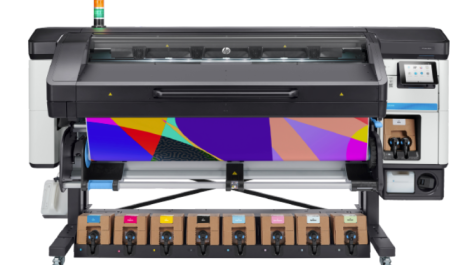The weekly Verdigris blog by Laurel Brunner
At the latest ISO TC130 standards meeting, Working Group 11 (WG11) took a big step forward. WG11 is responsible for standards relating to the environmental impact of graphics technology and has been working on the development of a deinking standard. This is intended to encourage more people to recycle papers and to invest in print products based on recycled paper.
Deinking, particularly of digitally printed papers, is a subject that raises a lot of peoples’ blood pressure. The high anxiety is mostly down to fear that traditional deinking business models are under threat. And they are because more complex ink formulations and substrate performance expectations place new demands on traditional deinking processes. The market no longer expects recycled papers to have no better than newsprint quality. Nowadays we expect to have the option of using recyclates even for the most beautiful of graphic papers. This requires new approaches to deinking and technologies that can remove even the most tenacious of inks. Fortunately there are such technologies.
Deinking is a necessary step for turning old paper into pulp that can be used to make new papers. The graphic arts market has a constantly growing supply of substrates, with many designers and print buyers keen to use papers based on recycled materials. They are also keen that these papers can in their turn be recycled and they want a choice of superior quality materials that can be reliably printed on digital presses. Digital press manufacturers want their customers to have choices, but they also want recycled papers that will behave themselves in the press and not cause problems with feeding or molest their printheads. All in all there is a lot of interest from numerous perspectives in the deinking topic. Some want to ossify the status quo and others, fortunately the majority, want the deinking business to move with the times.
Without deinking we would not be able to recycle discarded papers, which means they would end up in landfill. What is important is not to ask whether different materials and print processes are suitable for deinking, but to provide papermakers and their customers with guidance for evaluating raw materials produced from recycled papers. This is the approach WG11 is taking with the new ISO standard for deinkability. In fact there will be a series of documents that provide assessment guidance for the recyclability of paper-based printer matter. The first, Deinkability Evaluation, will help printers, print buyers, consumers and most importantly producers of raw materials based on recovered paper, to assess deinked pulp’s fitness for purpose. They will also be better able to assess the recyclability of print media products based on paper. WG11 meets again in May to discuss the current draft of the standard. If you’ve any suggestions or thoughts or want to get involved, please get in touch.
http://verdigrisproject.com/blog/deinking-advances
This article is part of the Verdigris series of stories about understanding the environmental impact of print. The Verdigris Project is supported by Agfa Graphics, Canon Europe, Digital Dots, drupa, EcoPrint, EFI, Fespa, HP, Pragati Offset, Ricoh, Splash PR, Unity Publishing and Xeikon.





